
To be listed on the CAMPOSOL TODAY MAP please call +34 968 018 268.

Guidelines for submitting articles to Condado Today
Hello, and thank you for choosing CondadoToday.com to publicise your organisation’s info or event.
Condado Today is a website set up by Murcia Today specifically for residents of the urbanisation in Southwest Murcia, providing news and information on what’s happening in the local area, which is the largest English-speaking expat area in the Region of Murcia.
When submitting text to be included on Condado Today, please abide by the following guidelines so we can upload your article as swiftly as possible:
Send an email to editor@condadotoday.com or contact@murciatoday.com
Attach the information in a Word Document or Google Doc
Include all relevant points, including:
Who is the organisation running the event?
Where is it happening?
When?
How much does it cost?
Is it necessary to book beforehand, or can people just show up on the day?
…but try not to exceed 300 words
Also attach a photo to illustrate your article, no more than 100kb

The Enrique Escudero de Castro archaeological museum in Cartagena
Museo Arqueológico Municipal Enrique Escudero de Castro in Cartagena
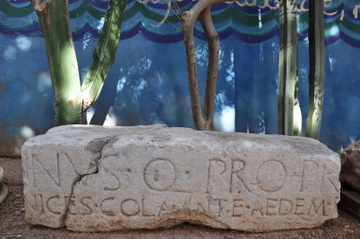
The burial ground occupied an area of 700 square metres and occupied the western bank of an ancient lagoon which constituted the northern boundary of the city, but which has now disappeared. As a burial place it reflects the huge change in religious practices at the time of its use, and many of the burials are those of early Christians in the area, possibly fleeing from the Vandals in northern Africa.
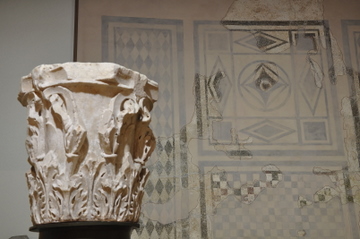
There are also remains of "family vaults" on the site, the forebears of the cemeteries that occupy Spain today.
The museum is an excellent place to start a history trail and try to understand the sequence of historical events in the city and the surrounding area: click here for a more complete history of Cartagena.
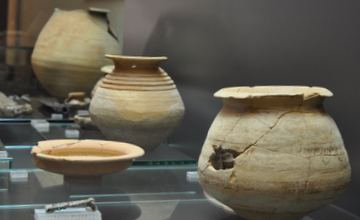
These are followed by the Bronze Age and traces of the Phoenicians, who traded throughout the Mediterranean basin and brought the potter's wheel, prosperity and the skills of metallurgy. Then the focus shifts to the Iberian tribes with whom they traded, a people who gradually lost their own identity following the invasion of the Romans, adopting Roman customs and practices until they disappeared altogether as a distinct culture.
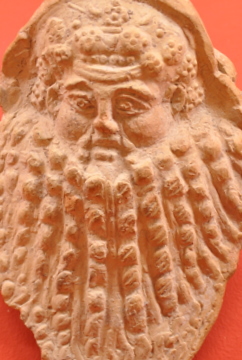
These civilisations were followed by the Carthaginians, Romans, Vandals, Vizigoths and Byzantines, then the Moors and finally the Christians. Such has been the turbulent past of what is now known as Cartagena, and there are helpful reminders of the order in which these cultural influences came!
Each race left its mark and artifacts through 3,000 years of history, and the museum houses collections from all races and periods with interesting sections dedicated .to important local activities such as mining.
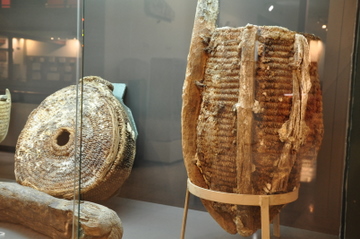
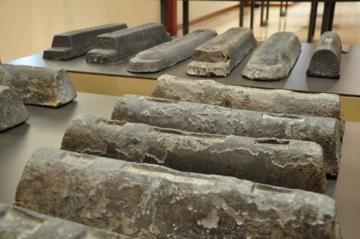
Other noteworthy exhibits include a vast selection of Roman funerary stonework and Roman sculptures and artifacts.
The museum also has upstairs exhibition space and conference facilities from which free seminars are run, as well as a childrens activities area with educational games.
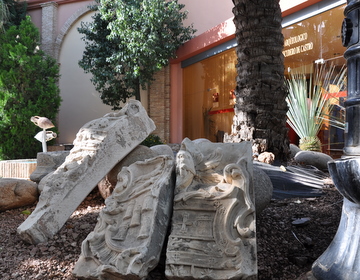
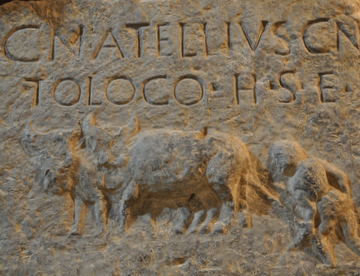
Location: Calle Ramon y Cajal, 45. This is close to the El Corte Inglés store but is a fair walk away from the other main tourist attractions of the city.
Opening Times:
Tuesday-Friday 10.00 to 14.00 and 17.00 to 20.00
Weekends 11.00 to 14.00
Closed on Mondays and public holidays.
Telephone: 968 128968
Disability Access
Access. There is a tiny step at the front door, but once inside, the aisles are wide and spacious with plenty of room for wheelchairs. Those with limited mobility ought to experience few problems here.







































